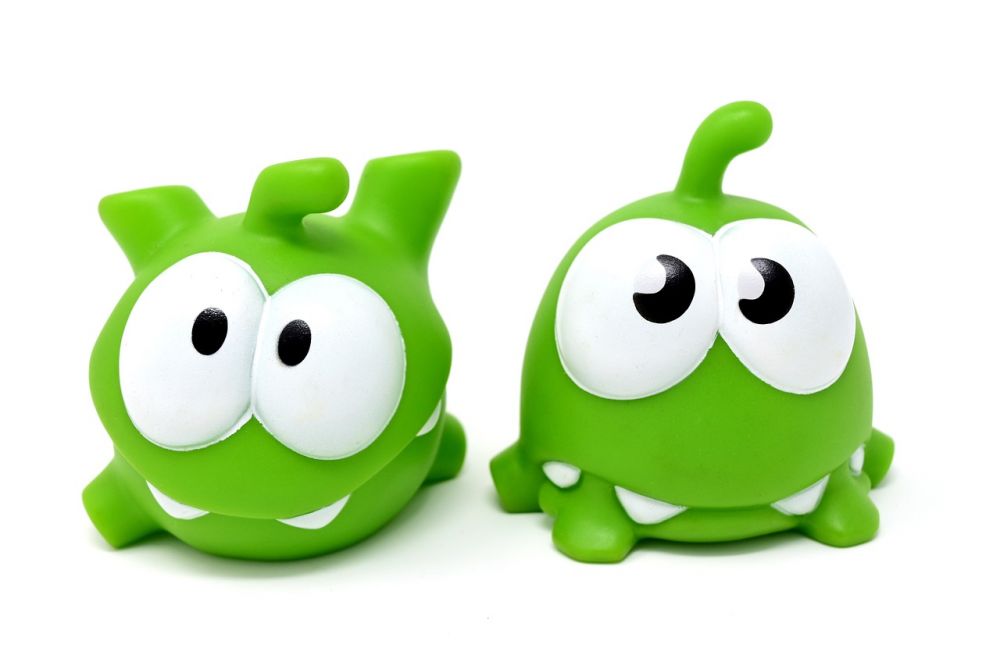Outlook App: The Ultimate Guide for Tech Enthusiasts

Introduction:
Whether you use it for personal or professional purposes, the Outlook app has become an essential tool for managing your emails, calendar, and contacts. In this comprehensive guide, we will delve into the various features, tips, and tricks that will help you make the most out of the Outlook app.
What is Outlook App?

Outlook app is a powerful email client developed by Microsoft that allows users to access their emails, calendars, and contacts in one convenient platform. With its user-friendly interface and seamless integration with other Microsoft Office services, the app has gained immense popularity among tech enthusiasts and professionals alike.
Key Features and Benefits:
– Email Management: The Outlook app offers a range of features to enhance your email management experience. These include handy filters, customizable folders, and advanced search options. The app also supports multiple email accounts, allowing you to access all your emails in one place.
– Calendar Integration: With the Outlook app, you can seamlessly integrate your calendar with your email. This makes it easier to schedule appointments, set reminders, and manage your daily tasks. The app also offers features like shared calendars and meeting invitations, making it a valuable tool for teams and professionals.
– Contact Management: Outlook app provides a comprehensive contact management system, allowing you to store, organize, and access your contacts effortlessly. You can easily search for contacts, add notes, and even create distribution lists for efficient communication.
– Cross-platform Compatibility: One of the biggest advantages of the Outlook app is its cross-platform compatibility. Whether you use a smartphone, tablet, or computer, the app is available on all major operating systems, including iOS, Android, and Windows. This ensures that you can access your emails, calendar, and contacts from any device, anytime, anywhere.
Historical Evolution of Outlook App:
The Outlook app has come a long way since its inception in the late 1990s. Initially introduced as an email client in Microsoft Office, it quickly gained popularity due to its robust features and user-friendly interface. Over the years, Microsoft has continuously improved and expanded the app, incorporating new functionalities to meet the evolving needs of users.
In 2015, Microsoft launched the Outlook mobile app, specifically designed for smartphones and tablets. This marked a significant milestone in the app’s development, as it provided a seamless mobile experience, making it easier for users to manage their emails on the go.
In subsequent updates, Microsoft added advanced features like intelligent inbox sorting, focused inbox, and AI-powered email organization. These enhancements, along with the ability to integrate with third-party apps and services, have made the Outlook app a preferred choice for professionals and tech enthusiasts.
Optimizing for Featured Snippets:
To increase the chances of this article being displayed as a featured snippet on Google search, it’s important to structure the text accordingly. Here is a suggested outline with bullet points:
1. Introduction to Outlook app
2. Key features and benefits:
– Email management
– Calendar integration
– Contact management
– Cross-platform compatibility
3. Historical evolution of the Outlook app:
– Inception in the late 1990s
– Introduction of the Outlook mobile app in 2015
– Continuous updates and enhancements
4. Optimizing for featured snippets:
– Use of and H2 tags
– Bullet points for clear and concise information
–
– Placing for video insertion
Conclusion:
The Outlook app has revolutionized the way we manage our emails, calendars, and contacts. With its wide range of features, seamless integration, and cross-platform compatibility, it has become an indispensable tool for tech enthusiasts and professionals. By following the tips and tricks mentioned in this guide, you can unlock the true potential of the Outlook app and enhance your productivity like never before.





